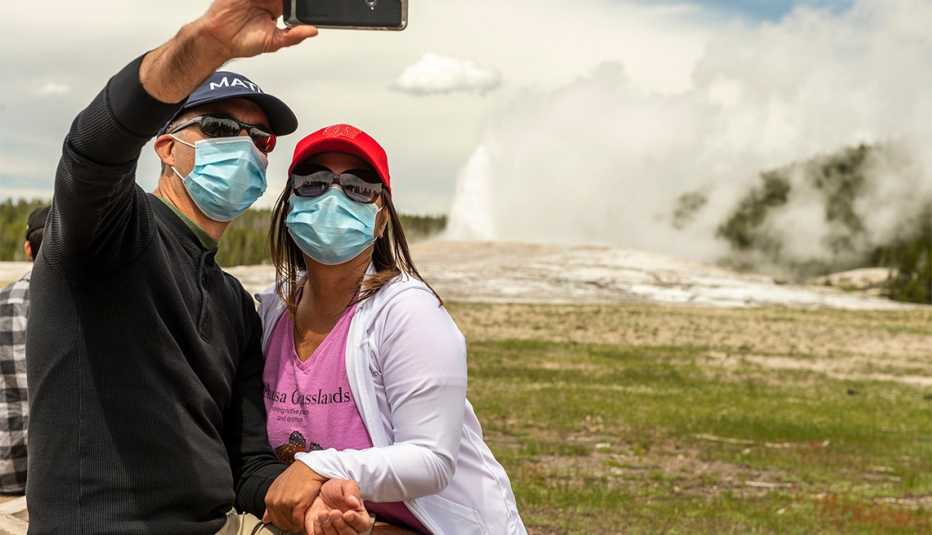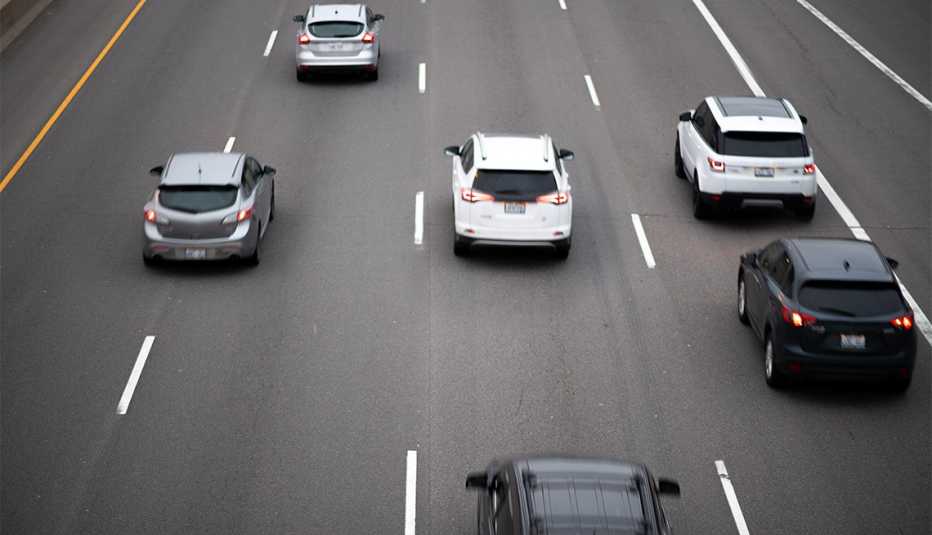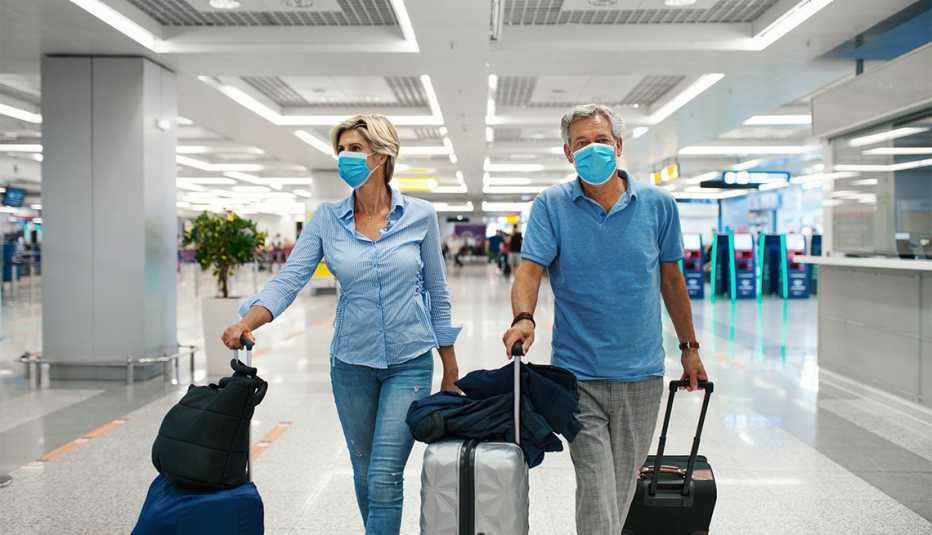Staying Fit
| To keep the coronavirus outbreak from spreading through their boundaries, many states have asked or required out-of-state visitors to self-quarantine upon arrival. Those restrictions are easing; the Centers for Disease Control and Prevention’s (CDC) now says that people who are fully vaccinated (two weeks after receiving the second dose of either the Pfizer-BioNTech or Moderna vaccine, or one dose of the Johnson & Johnson vaccine) can safely resume travel within the U.S. They are no longer required to quarantine after being exposed to someone with COVID-19.
Meanwhile, the number of Americans vaccinated has been rising quickly in recent weeks: half of all U.S. adults had received at least one dose by April 18, including about 81 percent of people 65 and up, according to the CDC. But states are responding differently to the changing pandemic situation when it comes to their quarantine policies for travelers (see state-specific rules below).


AARP Membership— $12 for your first year when you sign up for Automatic Renewal
Get instant access to members-only products and hundreds of discounts, a free second membership, and a subscription to AARP the Magazine.
Maryland, Ohio, Washington, New York and Connecticut, for example, have lifted their quarantine requirements for domestic travel (many states still have rules for international travelers); they instead ask visitors and residents to follow CDC travel guidance. Alaska no longer threatens fines of up to $25,000 for those who don’t follow its COVID-19 rules (including arriving with proof of a negative COVID-19 test), which are now framed as strong recommendations rather than requirements.
Massachusetts and Oregon are are among the states that still have quarantine rules, but are now exempting those who have been fully vaccinated.
Some states base their rules on where a traveler is arriving from, but their determinations of whether other states are “high risk” can be wildly different, depending on their criteria. For example, the District of Columbia currently considers 12 states to be high risk, while Rhode Island considers more than 20 states to be in that category. Confusing matters further: A city might have its own quarantine rules, separate from its state’s. Chicago, for instance, has strict quarantine rules for travelers but Illinois does not.


































































